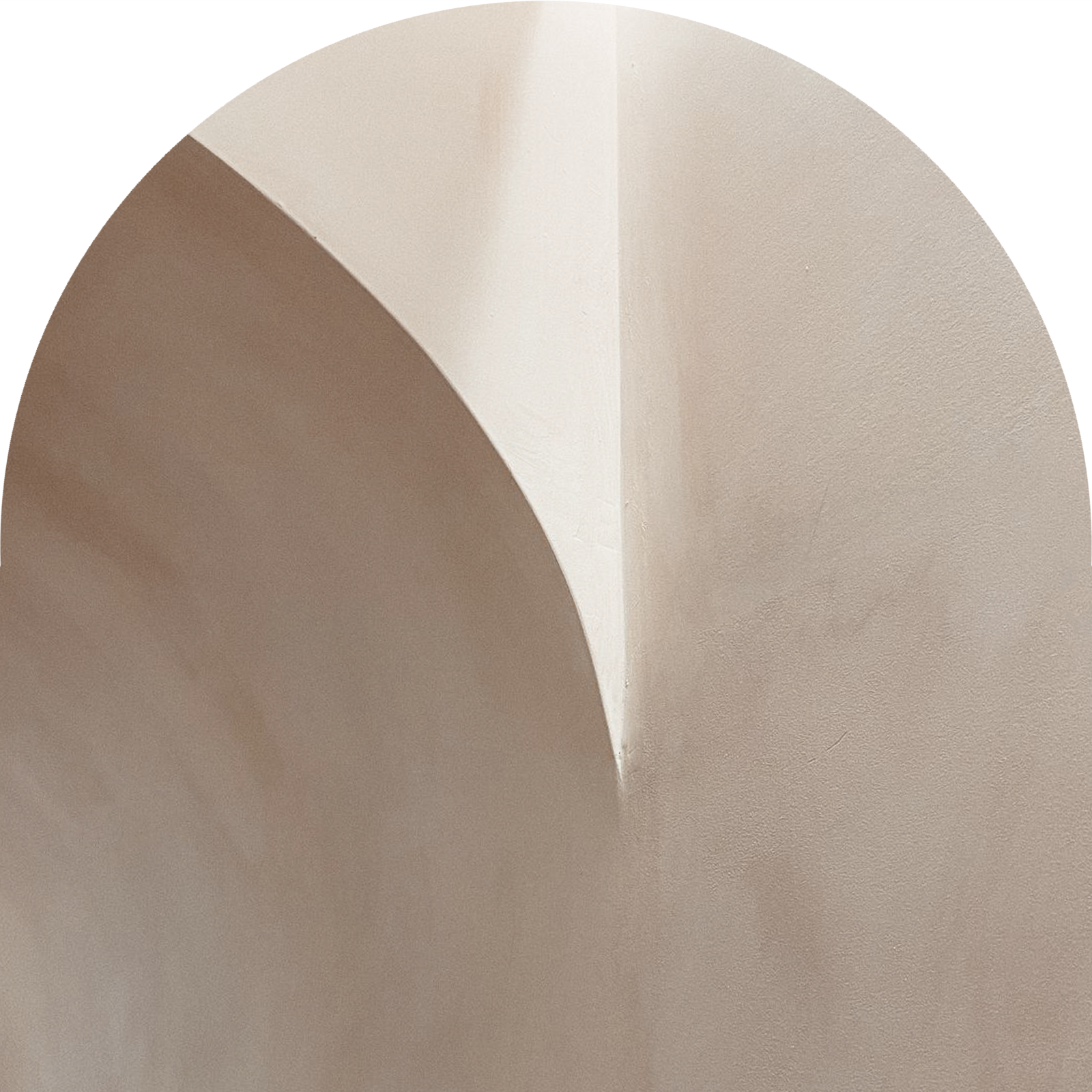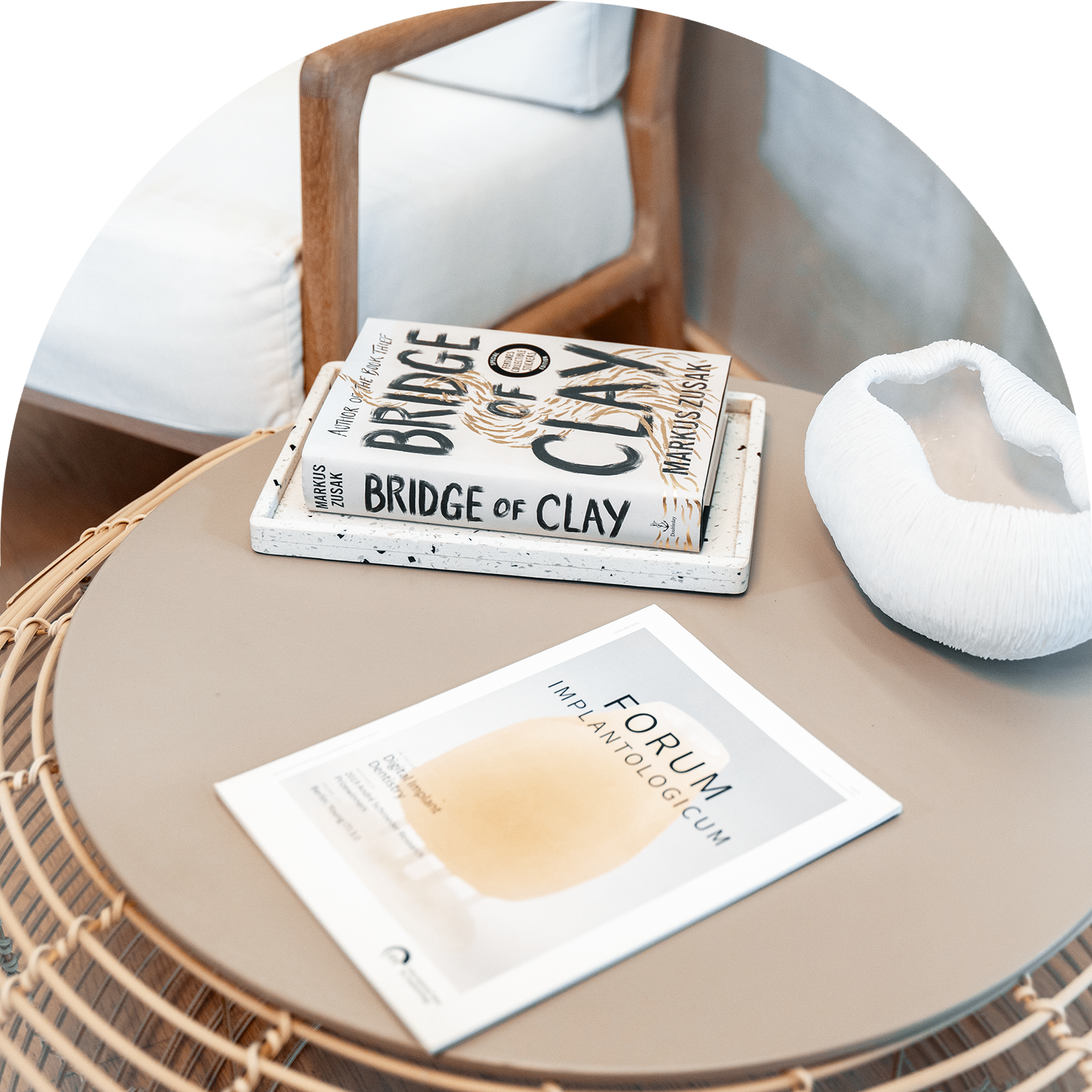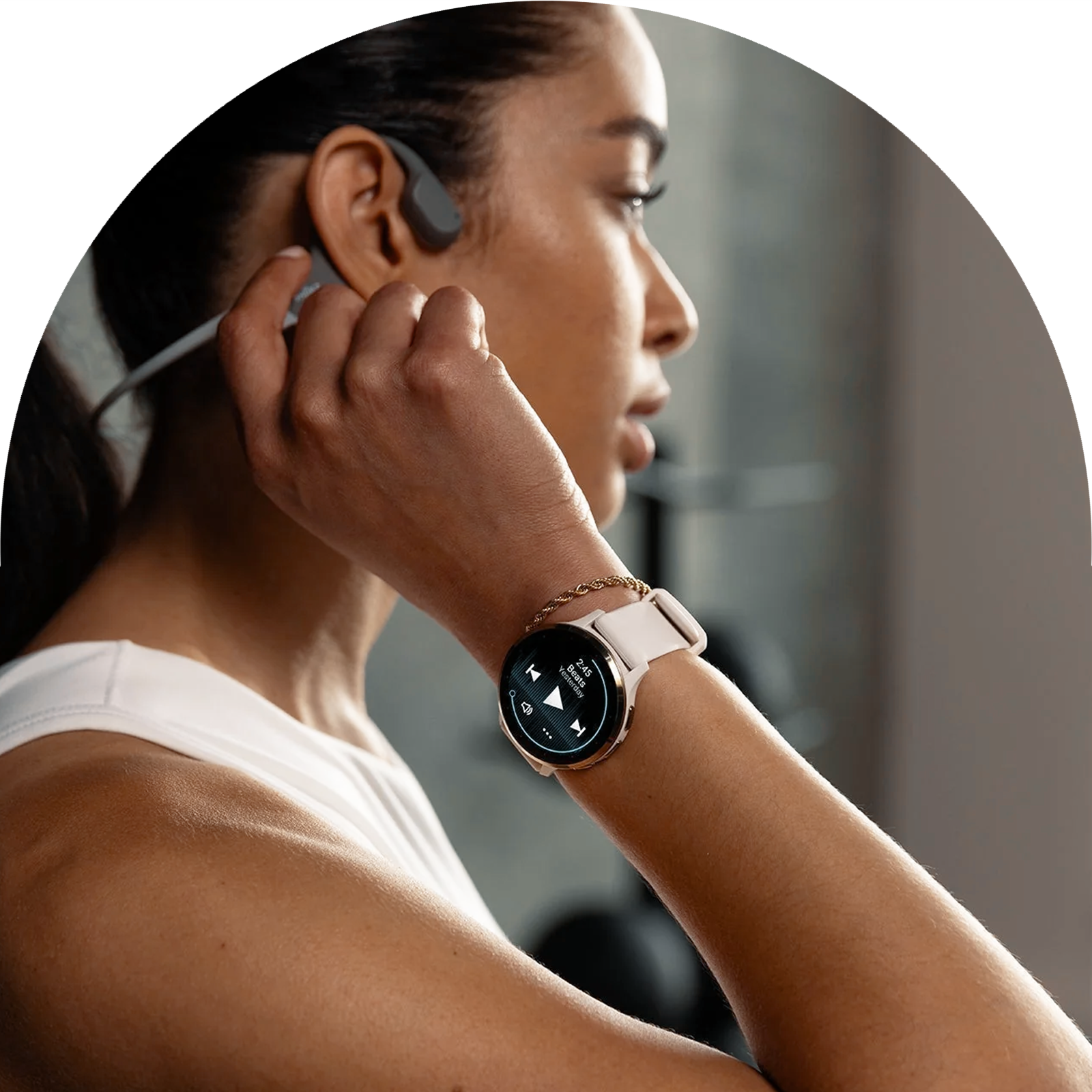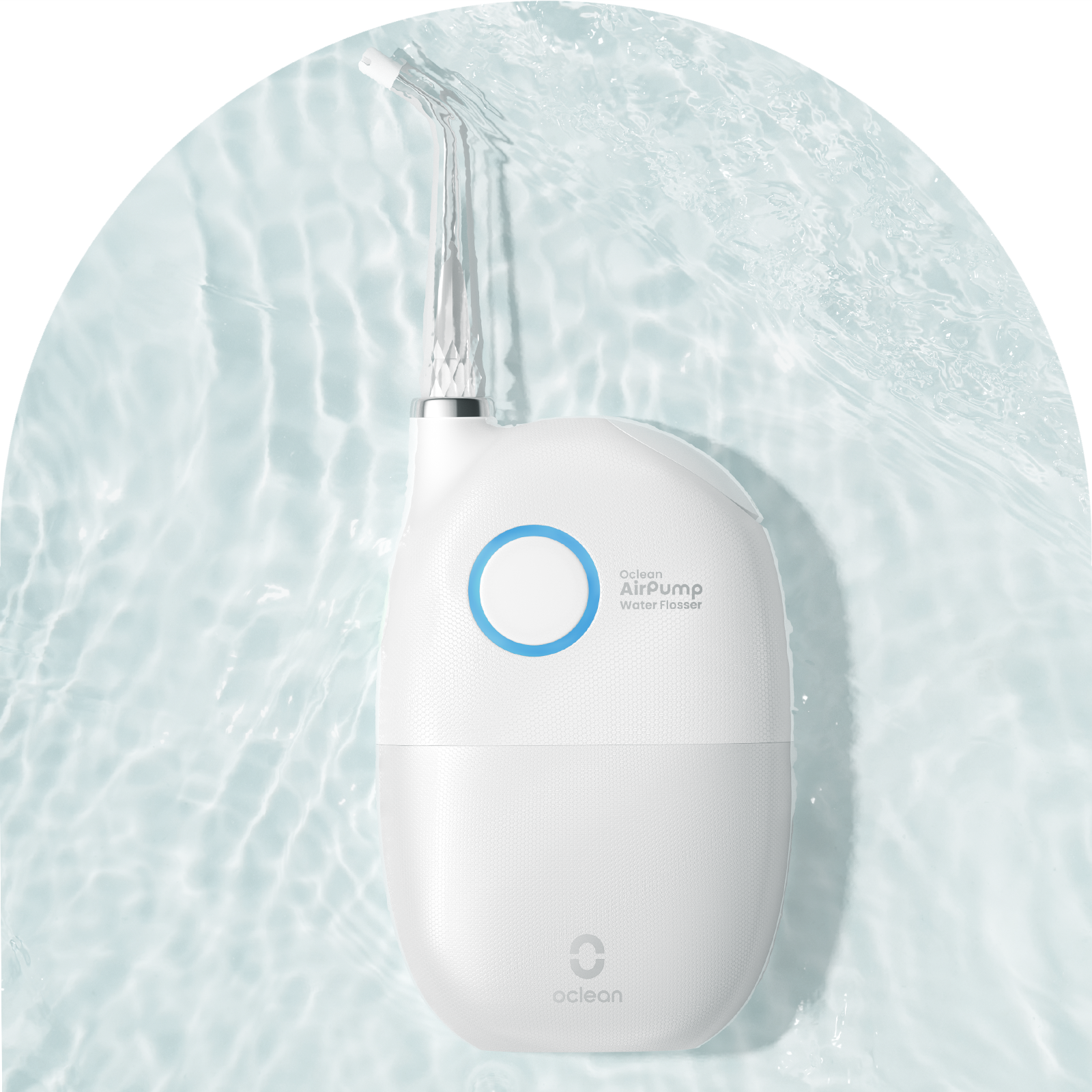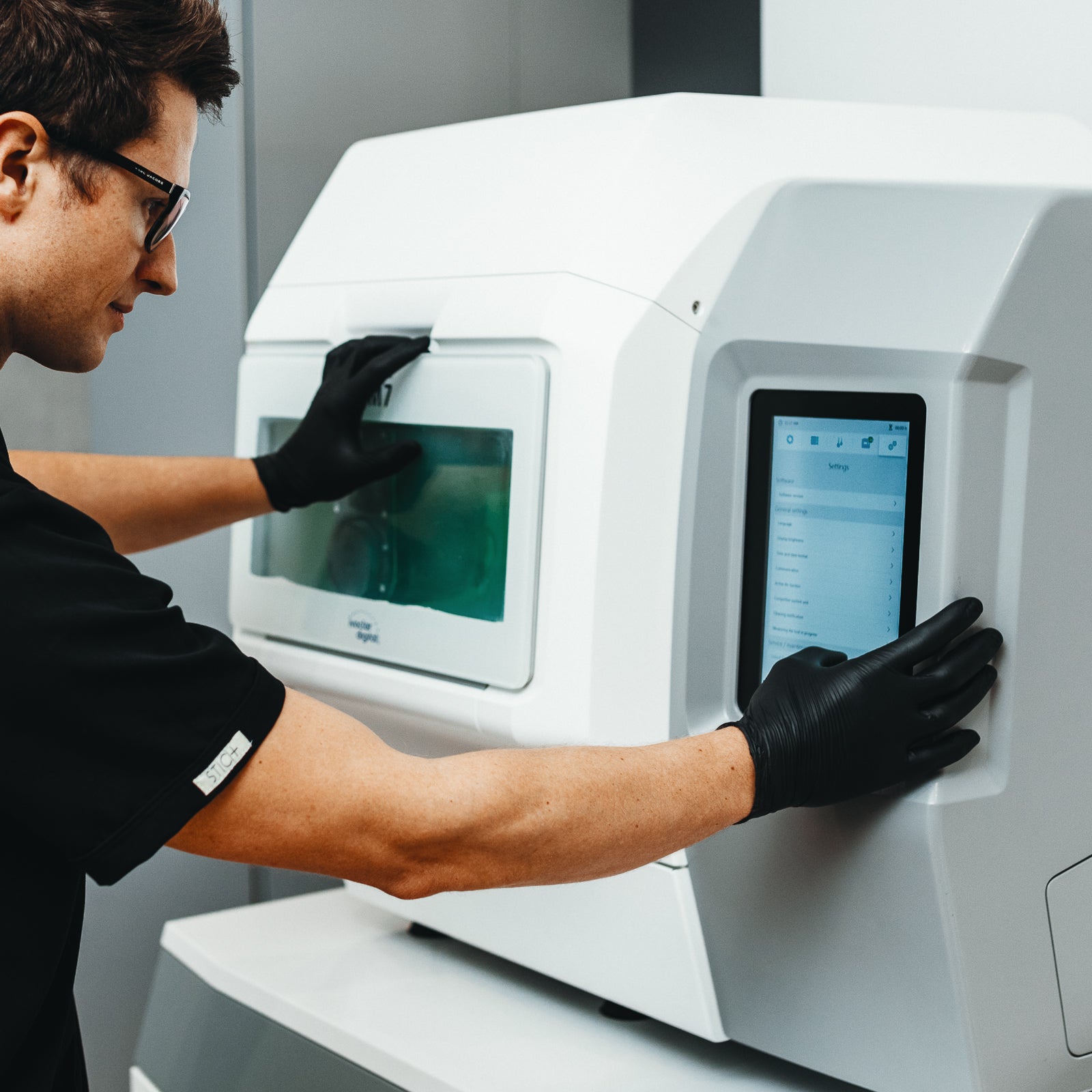3D Printing in Dentistry
Precision, Efficiency, and Customisation
The evolution of dentistry in the last decade has been marked by one major shift: the transition from analogue processes to fully digitised workflows. Among the many innovations at the forefront of this transformation, 3D printing stands as a cornerstone of modern dental technology. At Arch Dentistry, our adoption of the Formlabs Form 4B printer has enabled a level of precision, speed, and reliability that redefines what is possible in patient care and interdisciplinary collaboration.

Stereolithography at its Finest
The Formlabs 4B uses Low Force Display (LFD) stereolithography, a refined form of SLA printing that combines speed with ultra-high accuracy. It works by selectively curing a photopolymer resin with a light source, building objects layer by layer. What distinguishes the Form 4B is its modular light engine and precise mechanical design, which allow it to produce dental parts accurate to within ±50 microns. That level of resolution is critical when fabricating intraoral devices, such as surgical guides or custom-fitting splints, where even a fraction of a millimeter can make the difference between comfort and complication.
Integration into the Digital Workflow
In a modern digital workflow, 3D printing bridges the gap between virtual design and physical application. Once intraoral scans are captured using high-resolution scanners, the data is imported into CAD software to design restorations, aligners, surgical stents, or prosthetic structures. These files are then printed directly using the Form 4B. The ability to fabricate directly from a virtual model eliminates multiple error-prone steps, such as physical impressions or manual model work, while enabling same-day or next-day turnaround for complex cases.
Applications Across Dental Disciplines
3D printing is not confined to a single aspect of dental care. Its influence spans across:
- Implantology: Highly accurate surgical guides help ensure predictable implant placement with reduced chair time and post-operative complications.
- Orthodontics: Clear aligner models can be produced in bulk with minimal labour, offering patients an alternative to traditional braces with reduced wait times.
- Prosthodontics: Temporary crowns, bridges, and even full dentures can be printed in biocompatible resins for immediate fitting.
- Restorative Dentistry: Digital wax-ups and mock-ups allow patients to visualise and test drive their new smiles before any irreversible procedures are performed.
- Occlusal Therapy: Splints and nightguards are digitally designed and printed with precision, ensuring long-term comfort and functional results.
Advantages for Patients
While much of the technical transformation may occur behind the scenes, the impact on patient experience is tangible. With in-house 3D printing:
- Appointments are fewer and shorter, as printed guides and models allow for streamlined treatment execution.
- Outcomes are more predictable, thanks to the high fidelity between virtual planning and clinical reality.
- Devices are more comfortable and better fitting, reducing the need for adjustment or remakes.
- Urgent cases can be managed faster, with temporary prosthetics or guides available within hours rather than days.
A Platform for Innovation and Collaboration
For practitioners, the ability to rely on a trusted local provider for high-quality printed models and guides represents an opportunity for collaboration. Whether for a complex implant case, a full-mouth rehabilitation, or a series of orthodontic aligners, Arch Dentistry’s in-house Form 4B infrastructure offers reproducible, reliable support for interdisciplinary care.
As the digital dentistry landscape continues to evolve, 3D printing stands out not just for its efficiency, but for its ability to enhance precision and patient outcomes—fundamental values at the heart of progressive dental care.


